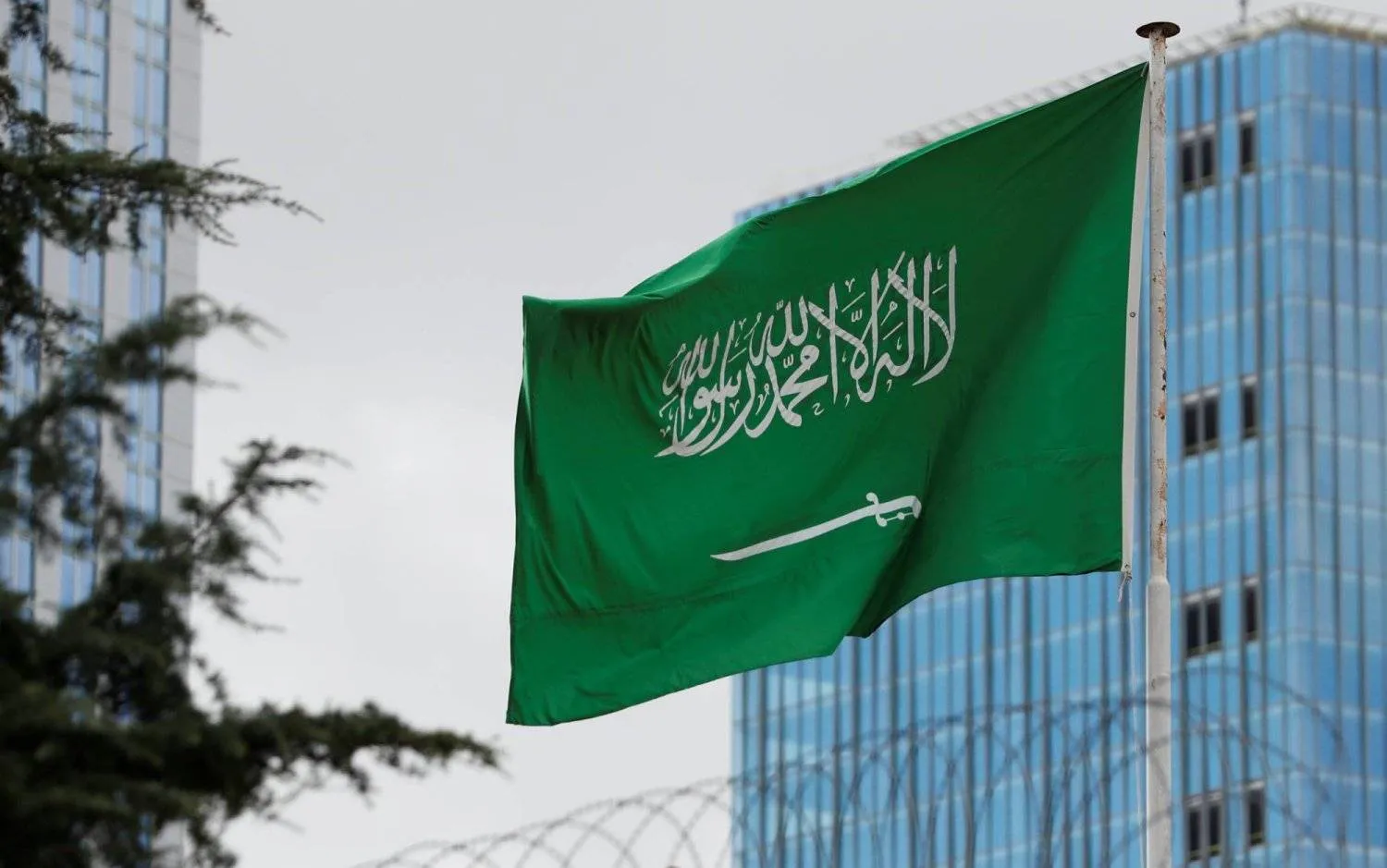Oil prices edged lower on Tuesday as Israel accepted a proposal to tackle disagreements blocking a ceasefire deal in Gaza, helping ease concerns over supply disruptions in the Middle East.
Brent crude was down 67 cents, or 0.86%, at $76.99 a barrel, as of 0600 GMT. Front month US West Texas Intermediate crude futures, which expire on Tuesday, were at $73.75 a barrel, easing 62 cents, or 0.8%. The more actively traded second month contract was last down 63 cents or 0.86% at $73.03 a barrel.
Brent had fallen about 2.5% on Monday, while WTI eased 3%.
"Prices seem to find some headwinds from geopolitical developments in the Middle East and China's demand outlook," said Yeap Jun Rong, market strategist at IG, referring to weak Chinese economic data, which cast doubts on the country's oil demand prospects.
"A ceasefire deal in Gaza now seems more likely than not, which saw market participants pricing out the risks of geopolitical tensions on oil supplies disruption."
US Secretary of State Antony Blinken said on Monday that Israeli Prime Minister Benjamin Netanyahu had accepted a "bridging proposal" presented by Washington to tackle disagreements blocking a ceasefire deal in Gaza, and urged Hamas to do the same.
Also easing supply concerns, production at Libya's Sharara oilfield has risen to about 85,000 barrels per day in a move aimed at supplying the Zawia oil refinery, two engineers working at the field told Reuters on Monday.
Libya's National Oil Corporation (NOC) had declared force majeure on oil exports from the field on Aug. 7 after a blockade by protesters hit production at the 300,000-bpd field.
In the United States, crude stockpiles were expected to have fallen by 2.9 million barrels last week, a preliminary Reuters poll showed on Monday.
On the demand side, worries about China's economic problems pressured oil prices. After a dismal second quarter, the world's second-largest economy lost momentum further in July as new home prices fell at the fastest pace in nine years, industrial output slowed, export and investment growth dipped and unemployment rose.
"Demand concerns centered around China continue to linger. Recent data releases reinforce the view of weaker Chinese oil demand," ING analysts said in a note to clients.
"Trade and industrial output numbers last week suggested that apparent oil demand continued to trend lower in July. These worries mean that speculators continue to be hesitant about jumping into the market."
Investors also awaited indication of the US Federal Reserve's plans for the next interest rate decision.
The Fed will cut interest rates by 25 basis points at each of the remaining three meetings of 2024, according to a slim majority of economists polled by Reuters who said a recession is unlikely.
Rate cuts reduce borrowing costs and could boost oil demand in the world's top oil-consuming country.









